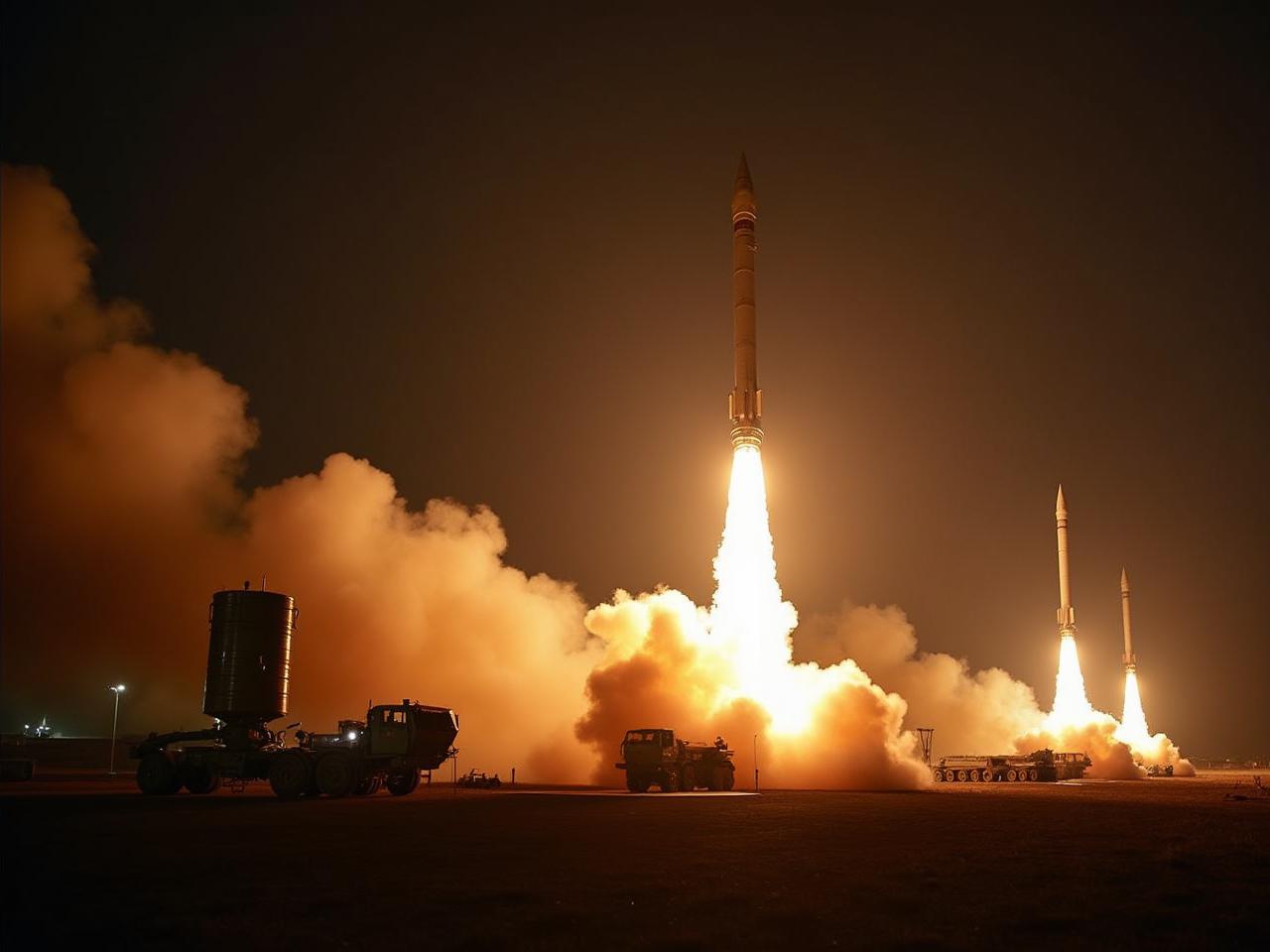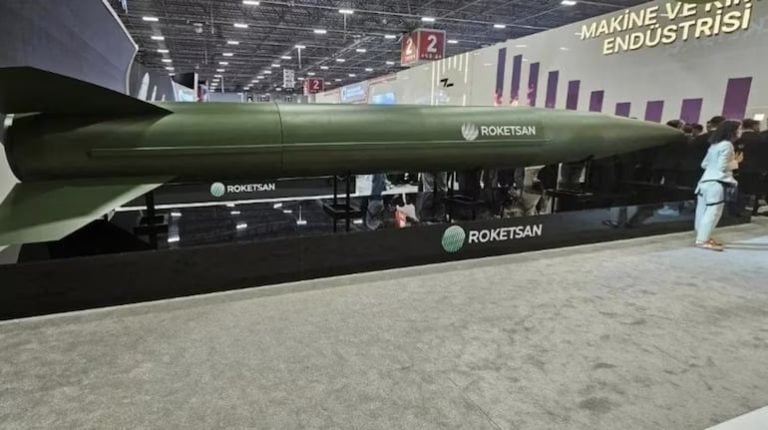Intercontinental ballistic missiles (ICBMs) have significantly transformed the global military landscape, granting countries the capability to deliver nuclear warheads over distances greater than 5,500 kilometers within mere minutes. These advanced weapon systems epitomize the peak of military innovation and deterrent capabilities.
Among the most notable ICBMs is Russia’s RS-28 Sarmat, regarded as the world’s most formidable missile. This system boasts an impressive maximum range of 18,000 kilometers and the ability to carry up to 15 nuclear warheads. China’s DF-41 is another key player, showcasing a range of 14,000 kilometers, which enables it to target locations as far as Europe and North America in approximately 20 minutes. The United States primarily relies on the LGM-30 Minuteman III, an aging but dependable missile that has been operational since the 1970s and can reach distances of around 13,000 kilometers. The development and deployment of these powerful missiles continually influence global relations and defense strategies.
The contention for missile supremacy remains fierce. While Russia’s advancements, including the RS-28 Sarmat, mark significant progress, the U.S. commands considerable power with 405 Minuteman III ICBMs stationed at three bases. The U.S. Navy also operates 14 Ohio-class submarines equipped with 288 Trident II missiles. Meanwhile, India’s Agni-V, entering service in 2021, represents a growing strategic capability with a range between 5,000 to 8,000 kilometers.
The RS-28 Sarmat, known as “Satan 2” in the West, aims to modernize Russia’s nuclear deterrent forces by succeeding the venerable R-36M2 Voyevoda ICBMs. Developed since the 2000s and officially entering service in September 2023, this missile has faced numerous testing hurdles. The Sarmat is characterized by a three-stage, liquid-fueled design and is one of the largest ICBMs in operation, measuring 35.3 meters in length and weighing about 208,100 kg. Its strategic capabilities allow it to bypass missile defense systems, and it can be configured to deliver multiple warheads and decoys.
Despite its operational claims, the Sarmat’s development has been rocky, suffering multiple delays before its first successful public test in April 2022. Recent reports suggest further technical difficulties, including a catastrophic failure during a test in September 2024, highlighting the uncertainties surrounding its future deployment.
In contrast, the LGM-30G Minuteman III remains America’s primary land-based ICBM, undergoing various modernization efforts while maintaining the core features it debuted with in 1970. With an operational range exceeding 13,000 kilometers and the capacity to carry a single warhead, the Minuteman III is pivotal to U.S. nuclear strategy. It is widely dispersed across several bases, enhancing its resilience and operational reliability.
China’s DF-41 emerged as an advanced ICBM following years of development, exemplifying both technical prowess and strategic reach. Publicly displayed in a 2019 military parade, this missile is road-mobile and capable of striking the continental U.S. from as far as 12,000 to 15,000 kilometers away. Its design allows it to carry multiple warheads, significantly complicating interception efforts by enemy defenses.
The UGM-133 Trident II — deployed on both U.S. and UK submarines — underscores the importance of a sea-based deterrent. Launched in 1990, this missile enhances survivability against potential strikes, combining accuracy and resilience to retain a strategic edge.
Russia’s RS-24 Yars is another integral component of its nuclear arsenal, characterized by flexibility in deployment methods, including both road-mobile and silo-based options. Its operational range facilitates a broad targeting capability, potentially spanning the globe.
India’s Agni-V marks a significant strategic addition to its missile capabilities, specifically designed to counter regional threats, particularly from China. Tested multiple times and possessing MIRV technology, the Agni-V enhances India’s deterrence posture effectively.
North Korea’s Hwasong-17 is a more recent development that symbolizes a substantial leap in Pyongyang’s missile capabilities, described as the “world’s strongest strategic weapon.” Despite concerns over its reliability, the Hwasong-17’s reported range of up to 15,000 kilometers presents a comprehensive challenge to adversaries, including the entire U.S. mainland.
The existence and advancement of these ICBMs continue to shape international relations, operating primarily as deterrents—seeking to minimize the likelihood of nuclear conflict through the assurance of catastrophic retaliation. Understanding these systems is crucial for grasping today’s geopolitical dynamics, as the balance between offensive capabilities and emerging missile defense technologies determines global strategic stability for the foreseeable future.

















